Are you an avid motorcycle enthusiast who loves to explore the open roads? Or perhaps you just need to have a spare helmet handy for a friend or passenger? Whatever your reason, carrying an extra helmet on your motorcycle can be tricky. But with a few simple tips and tricks, you’ll find that it’s surprisingly easy to carry an extra helmet on your bike and keep both driver and passenger safe while they cruise the highways. Here’s the smart way to make sure you’re never caught without an extra helmet!
Table of Contents
Why do you need an Extra Helmet on a Motorcycle?
The helmet is the most important piece of protective gear for motorcycle riders. protects your head and face from injury in the event of a collision. Even if you are a safe rider, it’s impossible to anticipate all risks on the road. That’s why having an extra helmet can be a lifesaver when riding a motorcycle.
Another great thing about having an extra helmet is that you can give your friends and family members a way to join you on the road if they don’t have their motorcycle gear. If someone wants to take a ride with you, a spare helmet will ensure that they are properly protected and can enjoy the ride safely.
Having an extra helmet is also important for riders who switch between different types of vehicles, such as from a regular motorcycle to a scooter. A full-face helmet may be necessary for riding fast on highways but isn’t always comfortable when taking short trips around town – that’s when an extra open-face helmet comes in handy.
Having an extra helmet is essential for any rider since it provides additional protection and can be used as a backup in case of emergencies or to share with friends. Riding without a helmet puts riders at risk of serious injury, so always make sure you have one ready to go when you head out on the road.
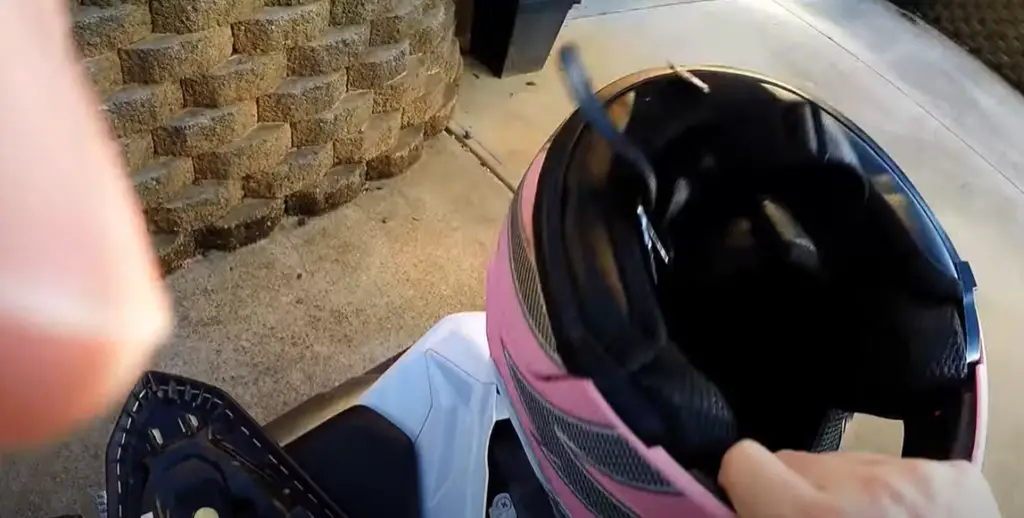
12 Ways to Carry a Spare Helmet on a Motorcycle
Cargo Net
A cargo net is a perfect way to carry a spare helmet on your motorcycle. It’s lightweight and easy to install, making it an ideal choice for riders looking for a quick and secure way to transport their gear. To use a cargo net, simply attach one end of the net to the rear of your bike and then stretch it over the top of the helmet until it’s snugly secured in place. The elasticity of the net helps keep it securely fastened while allowing you to easily access your helmet if needed.
Tank Bag
A tank bag is another great option if you’re looking for an effective way to carry a spare helmet while riding. A tank bag straps directly onto your bike’s gas tank and provides plenty of room for a helmet and other items you might need to transport. Tank bags are great because they’re lightweight, easy to attach, and can be quickly removed if needed.
Backpack
If you want to carry more than just your spare helmet, a backpack is the way to go. Backpacks provide plenty of space for storing gear and supplies while ensuring that everything stays safe and secure during your ride. Many backpacks also feature adjustable straps so that you can customize the fit according to your size and comfort level.
Saddlebag
Another great choice is a saddlebag, which is specially designed to fit securely onto your motorcycle’s seat or frame. Saddlebags come in all shapes and sizes, making them ideal for carrying helmets, tools, and other items you may need while on the road. Like backpacks, they also feature adjustable straps so that you can customize their fit according to your size and comfort level.
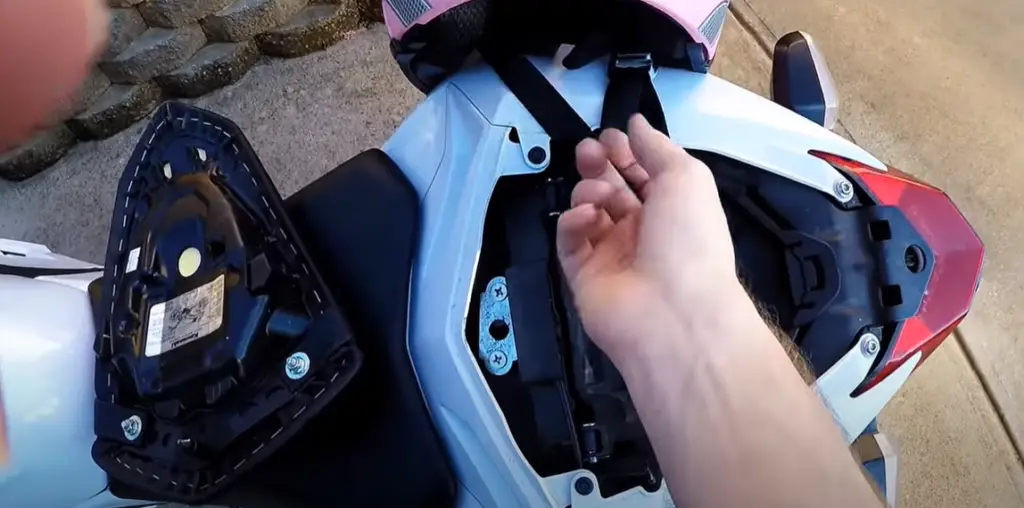
Duffle Bag
If you want a bag with plenty of room for all of your gear, then a duffle bag is what you need. Duffle bags are perfect for carrying extra clothes, tools, and even a spare helmet during long rides. Many duffles come with waterproof liners to ensure that your gear stays dry in wet weather conditions.
Helmet Bags
For riders who prefer to keep their helmets separate from their other gear, there are specialized helmet bags designed just for this purpose. Helmet bags typically feature multiple compartments to provide extra protection for your helmet, as well as straps that can be adjusted to carry the bag securely on your motorcycle.
Handlebar Bag
A handlebar bag is perfect for stowing away small items such as tools, maps, and even a spare helmet during rides. Handlebar bags are easy to install and can be quickly removed when not in use. Plus, they often come with pockets and compartments for better organization of your gear.
Panniers
Panniers are a great way to transport large items such as helmets when riding. Panniers are designed to attach directly to the frame of your bike and provide plenty of room for storing supplies or equipment. Plus, many panniers come with lockable zippers to ensure that your gear stays safe and secure during the ride.
Tail Bag
A tail bag is an ideal solution for riders looking for a way to carry a spare helmet on their bike without taking up too much space. Tail bags are designed to fit securely onto the back of your motorcycle’s seat or frame and provide plenty of room for storing helmets, tools, and other items you might need while riding.
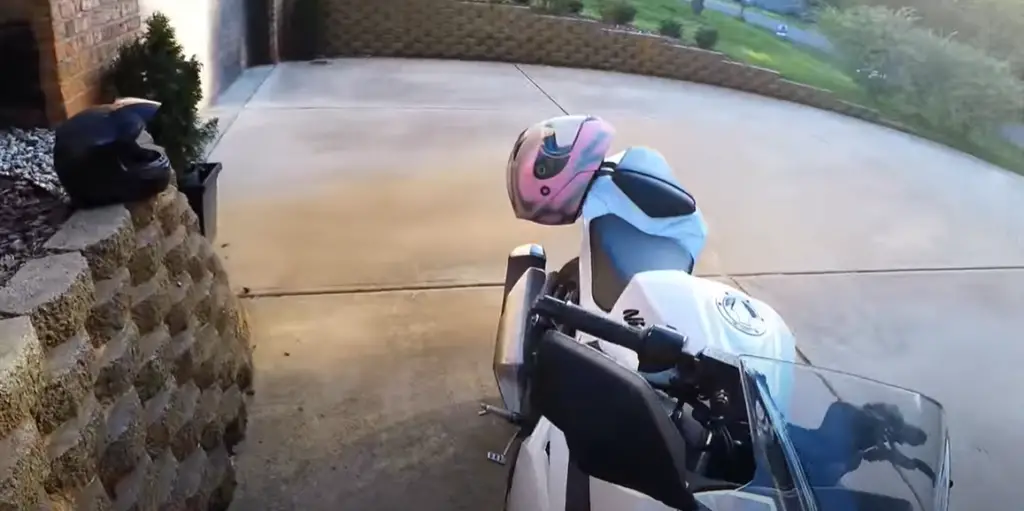
Hook Under Passenger Seat
If you’re looking for an even simpler way to carry a spare helmet while riding, then consider installing hooks underneath the passenger seat of your bike. These hooks are easy to install and provide a secure place to hang your helmet so that it’s always within easy reach. Plus, they don’t take up any extra space on the bike so you can still bring along other items without concern.
Helmet Carrier Strap
For riders who need a way to carry their spare helmet that’s both secure and convenient, there are specialized helmet carriers designed specifically for this purpose. These straps feature adjustable buckles that can be used to attach the helmet securely to your bike while also providing easy access when it’s needed. Plus, they often come with additional storage compartments for carrying extra supplies or tools.
Oxford Lidlash Helmet Bag
The Oxford Lidlash Helmet Bag is an all-in-one solution for riders looking to carry a spare helmet while riding. This bag features adjustable straps and buckles that can be used to attach it securely to your bike, as well as multiple compartments and pockets for storing small items such as tools and supplies. Plus, the bag’s waterproof construction ensures that your gear stays safe in wet weather conditions [1].
What can you do to keep your motorbike helmet safe from being stolen?
To help prevent your motorbike helmet from being stolen, there are some steps you can take to keep it secure.
- Always lock your helmet when you leave it unattended and make sure the lock is in a safe place that’s out of sight.
- If possible, store your helmet indoors at home or in an enclosed area such as a locked garage.
- Remove any stickers or decals on the outside of the helmet that could make it recognizable. This makes it harder for someone to target your specific helmet if they know what to look for.
- Invest in a good combination/keyed motorcycle lock that will be harder for potential thieves to break into than just using a standard bike lock.
- If you can, attach your helmet to the motorcycle or something else that is securely fastened down. This will make it hard for someone to just walk away with it.
- Always be aware of your surroundings when leaving your helmet unattended and avoid leaving it in busy public areas where there are more potential targets for thieves.
- Flag any suspicious activity you see around motorbikes, such as people loitering or tampering with locks, to help deter theft.
By following these tips, you can help keep your motorbike helmet safe and secure from theft [2]!
How to maintain motorbike helmets?
Maintaining your motorcycle helmet is important for keeping you safe on the road. Here are some tips to help keep your helmet in good condition:
- Cleaning – To keep your helmet clean, use a soft cloth or sponge with mild soap and warm water. Be sure to avoid any harsh chemicals or solvents as they can damage the material of the helmet.
- Inspections – Make sure to inspect your helmet before each ride, paying special attention to any cracks or signs of wear and tear that may have occurred since the last time you used it. If there are any signs of damage, replace it with a new one immediately.
- Storage – When not in use, store your helmet in a cool, dry place away from direct sunlight. This will help keep the material and straps of the helmet in good condition.
- Replace – If you have been in an accident or if your helmet has any signs of damage, replace it immediately with a new one as damaged helmets may not provide adequate protection in the event of an accident.
By following these tips, you can ensure that your motorcycle helmet is properly maintained for maximum safety on the road [3].
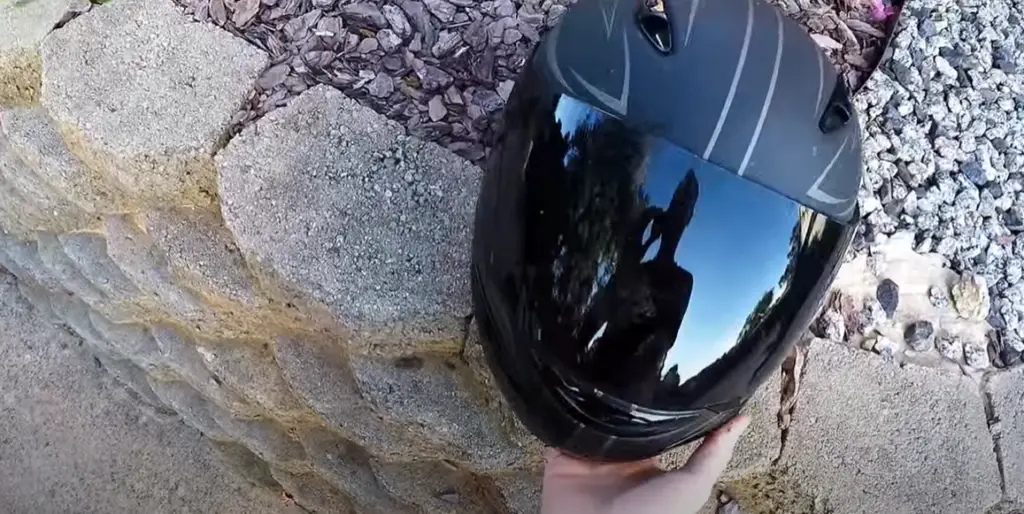
FAQ
How do you store multiple motorcycle helmets?
The best way to store multiple motorcycle helmets is by using dedicated helmet hangers. These can be mounted on walls or the ceiling and allow you to hang up multiple helmets in an organized fashion. You may also opt for a multipurpose storage system, such as a bike rack that allows you to hang up all of your riding gear in one place. This can help keep everything neat while still providing easy access when needed. For an even more secure option, consider purchasing a safe where you can lock away your helmets when they are not in use. Having an effective storage solution will not only make sure your motorcycle gear is always nearby, but it will also extend its lifespan significantly!
Is it OK to share a helmet?
No, it is not recommended to share a helmet with another person as this can lead to head injuries. Each individual should own their helmet – they must be specifically designed and fitted for the wearer’s head shape and size. Wearing an ill-fitting or damaged helmet can cause serious injury in the event of an accident. Additionally, helmets should never be loaned out due to hygiene reasons; the interior will have absorbed sweat and bacteria which could make the next wearer sick. If you are looking to purchase a new helmet, always buy one that meets all applicable safety standards!
What type of maintenance do motorcycle helmets require?
Motorcycle helmets should be regularly inspected for any signs of wear and tear since they may need replacing after a few years of use. It’s always best to check the manufacturer’s guidelines for detailed information on how to care for your helmet. Generally speaking, helmets should be cleaned with mild soap and water before they are stored away. If your helmet has an adjustable strap, it may also need to be tightened periodically. Finally, you should never expose your helmet to extreme temperatures – it will weaken the material over time. Taking good care of your helmet is essential if you want it to provide reliable protection in the event of an accident!
How do you pack a helmet?
If you need to pack a helmet for travel, start by wrapping it in either bubble wrap or a soft cloth. This will help protect the exterior from damage while in transit. You may also want to place it inside a protective bag such as a backpack or duffel bag for extra cushioning and support. Once you’ve secured your helmet, make sure to close any zippers or straps that may be open so that it doesn’t move around too much during transport. Following these simple steps will ensure that your helmet arrives safe and sound at its destination!
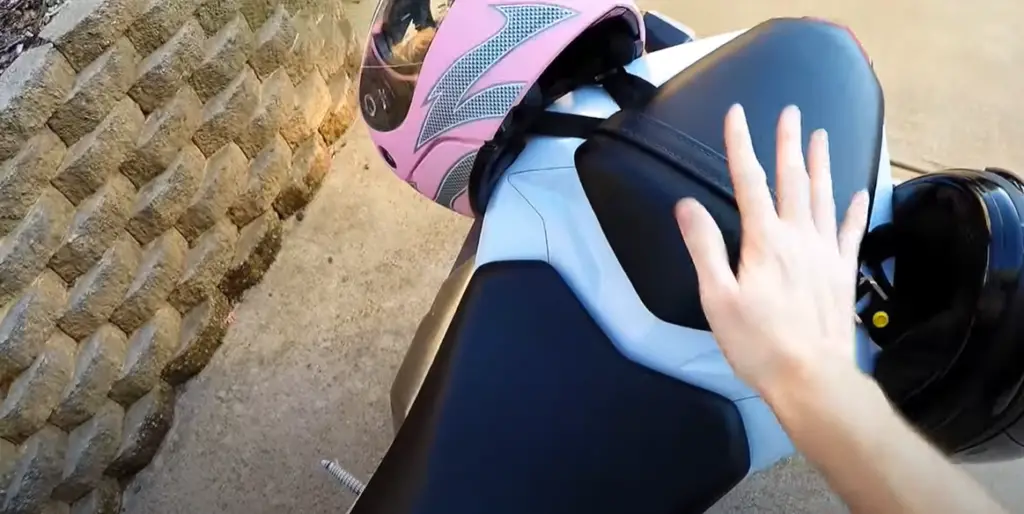
How do you put a helmet on with a lot of hair?
Having a lot of hair can make putting on a helmet a bit difficult, but there are several techniques you can use to make the process easier. first is to tie your hair in either a ponytail or; this will prevent it from getting caught in the straps or shell of the helmet. You may also want to consider using products such as dry shampoo, leave-in conditioner, or hairspray before putting on your helmet – these can help keep everything in place while still allowing for some movement. Finally, try loosening the straps and readjusting them once your helmet is on – this will provide a snug fit without being too tight.
What is the procedure for attaching a helmet to a bag?
If you’d like to attach a helmet to a bag, it’s important to use the correct equipment. Start by purchasing either a carabiner or webbing strap – these are designed for securely attaching items. Depending on what type of bag you have, there may be loops and straps already in place that you can use. For example, if your bag has a top handle, you could thread the carabiner through one of the loops and clip your helmet onto it. Alternatively, if your bag doesn’t have any premade loops or straps, you can secure the carabiner directly onto the material by using small pieces of webbing as reinforcement.
How do you travel with wearing a helmet?
When traveling with a helmet, it’s important to ensure that you wear it correctly. Make sure the chin guard is properly adjusted – they should be snug but not too tight. You may also want to use padding or a liner to make the helmet more comfortable. If you’re going to be traveling for an extended period, try loosening the straps now and then to relieve any tension on your head and neck muscles. Doing this can help prevent fatigue and headaches during longer journeys! Finally, always remember to remove your helmet before entering any enclosed spaces such as trains, buses, or buildings. This will help ensure everyone’s safety while also preventing any damage from occurring.
On a sissy bar, how do you secure a helmet?
When using a sissy bar to secure a helmet, start by placing the helmet on the back of the seat. You may need to loosen the straps or chin guard slightly to fit it comfortably. Once it’s in place, you can use either a bungee cord or a ratchet strap system to keep it secured. The bungee should be looped through one of the vents so that it doesn’t come undone while riding. If you’re using a ratchet strap, make sure that it is tight enough to hold the helmet securely but not so tight that it causes discomfort. Either way, always check and adjust your setup before heading out for a ride!
Where do bikers put their helmets?
Bikers typically put their helmets in a safe, secure location when they are not riding. Many riders opt to attach their helmet to the back of their seat or handlebars with either a bungee cord or ratchet strap system. This ensures that it is always within easy reach and won’t be forgotten or left behind. You can also invest in a helmet bag or storage locker if you want to keep your helmet protected while off the bike. Finally, some riders even choose to display their helmets on walls or shelves as part of their collection!
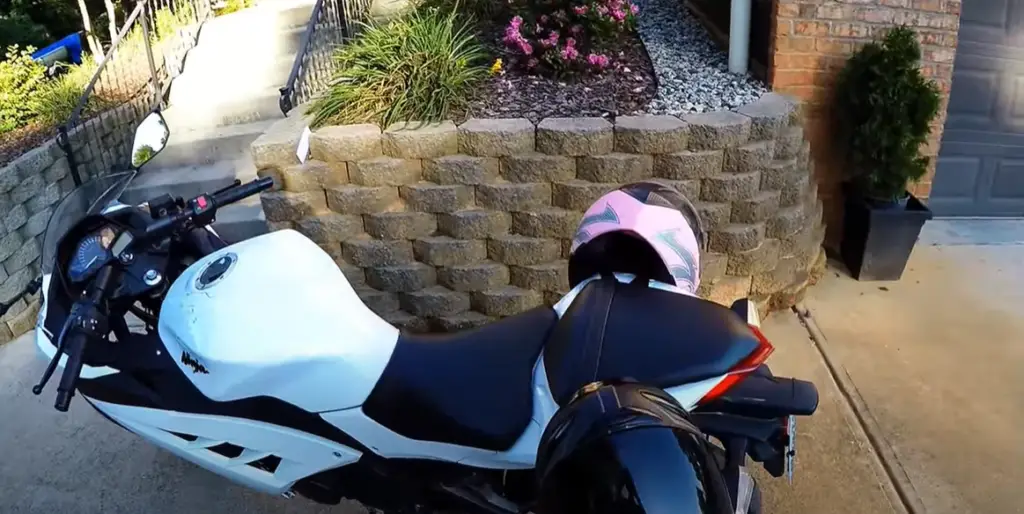
Why do bikers wear bandanas under their helmets?
Bikers often wear bandanas under their helmets for both comfort and safety reasons. The thin material helps to keep sweat out of the rider’s eyes, which can be very distracting while riding. It also provides an extra layer of cushioning between the helmet and head, making it more comfortable to wear for long periods. Additionally, some riders believe that wearing a bandana adds an extra level of protection in case of an accident – although there is no scientific evidence to back this up. Regardless, a bandana can be a useful accessory if you plan on spending a lot of time in the saddle!
Why do bikers put their hands down?
When bikers put their hand down, it is typically a sign of respect. This gesture is often made as a way of acknowledging that another rider is present and showing them due courtesy. It can also be used as a greeting when passing other riders on the road or track. The “hand down” symbolizes camaraderie between bikers and serves as an important reminder to always be courteous and share the road with others!
Why do bikers wear all black?
Many bikers choose to wear all black to make a statement and show their commitment to the lifestyle. All-black leathers, jackets, boots, gloves, and helmets are seen as symbols of strength and solidarity among riders. Wearing all black is also practical since it offers protection from the while still looking stylish. Finally, some believe that wearing all black allows them to blend in with their surroundings – helping them feel more anonymous on the open road!
Useful Video: Motorcycle Basics: How to carry a Passenger Helmet
Conclusion
To carry an extra helmet on a motorcycle is a small but important step towards motorcycle safety. By following the laws and regulations on wearing a helmet, taking extra precautions to ensure it fits properly, being aware of its expiration date, and always carrying an emergency spare at all times, riders can increase their chances of staying safe on the road. With more people understanding the importance of protective headgear, while riding motorcycles, everyone can benefit from increased safety levels. So, don’t take any chances; make sure you have that extra helmet with you before you hit the open road.
References:
- https://packupandride.com/carry-a-spare-helmet/
- https://support.yescomusa.com/app/answers/detail/a_id/669/~/4-tips-to-keep-your-ahr-helmet-from-being-stolen
- https://www.revzilla.com/common-tread/how-to-clean-a-motorcycle-helmet

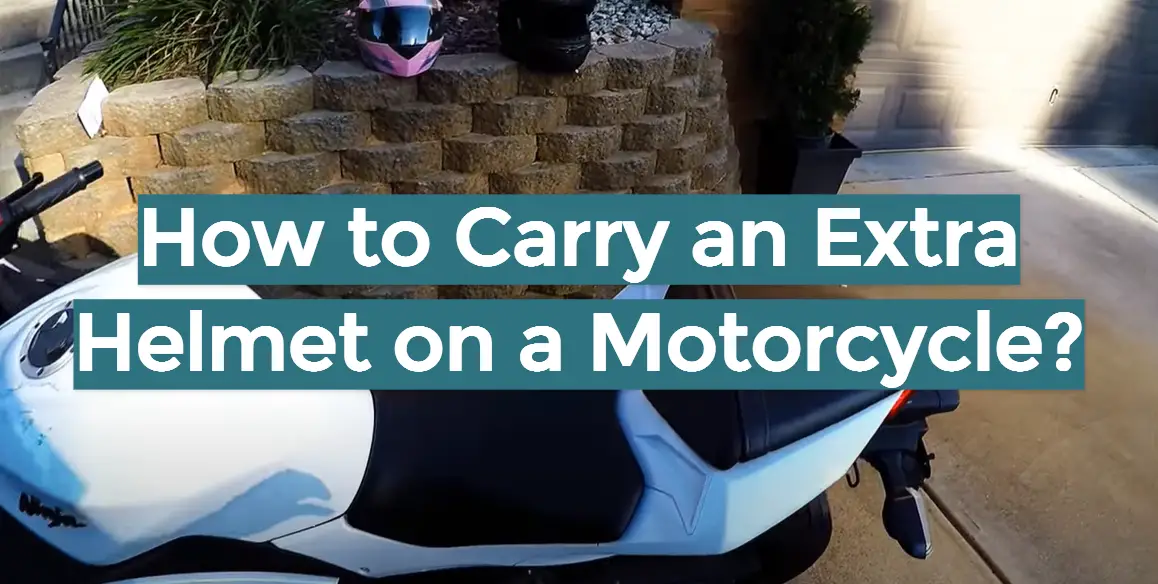
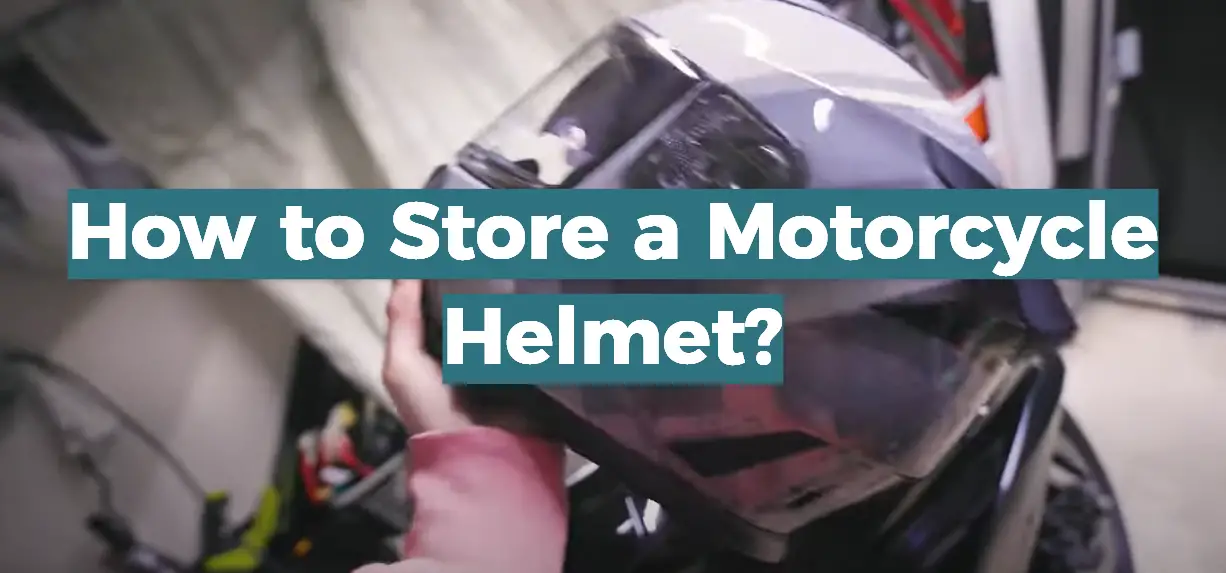
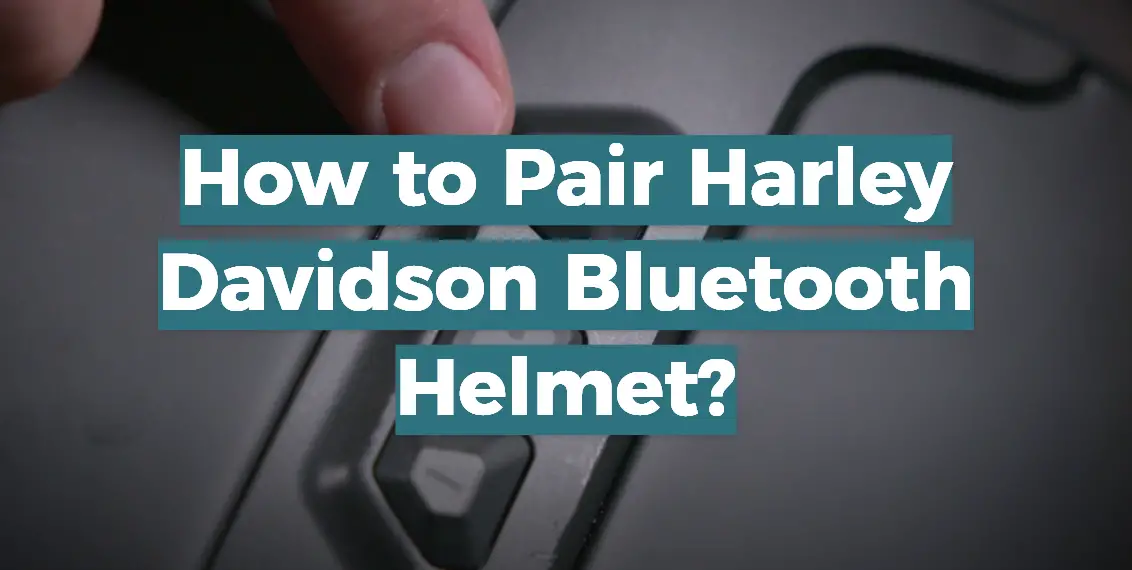
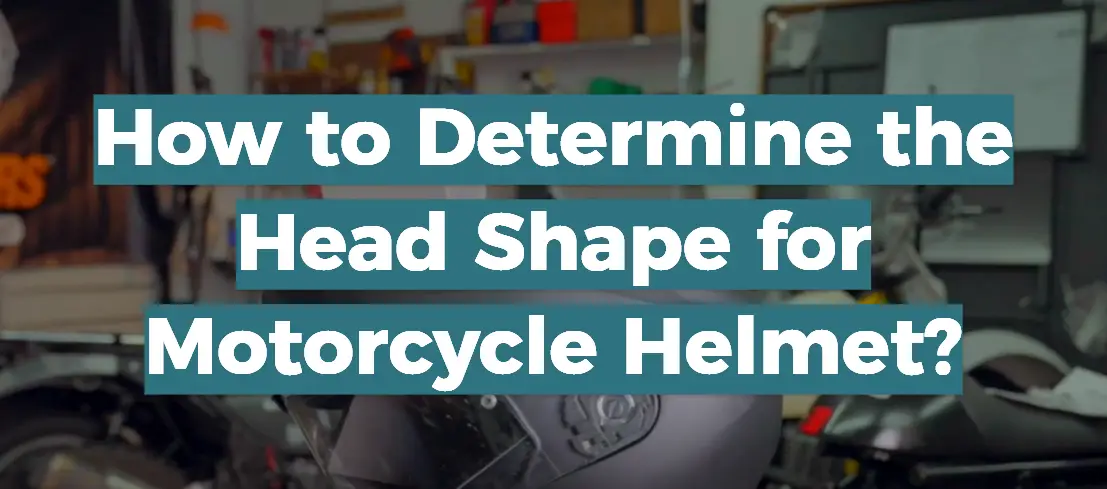

Leave a Reply